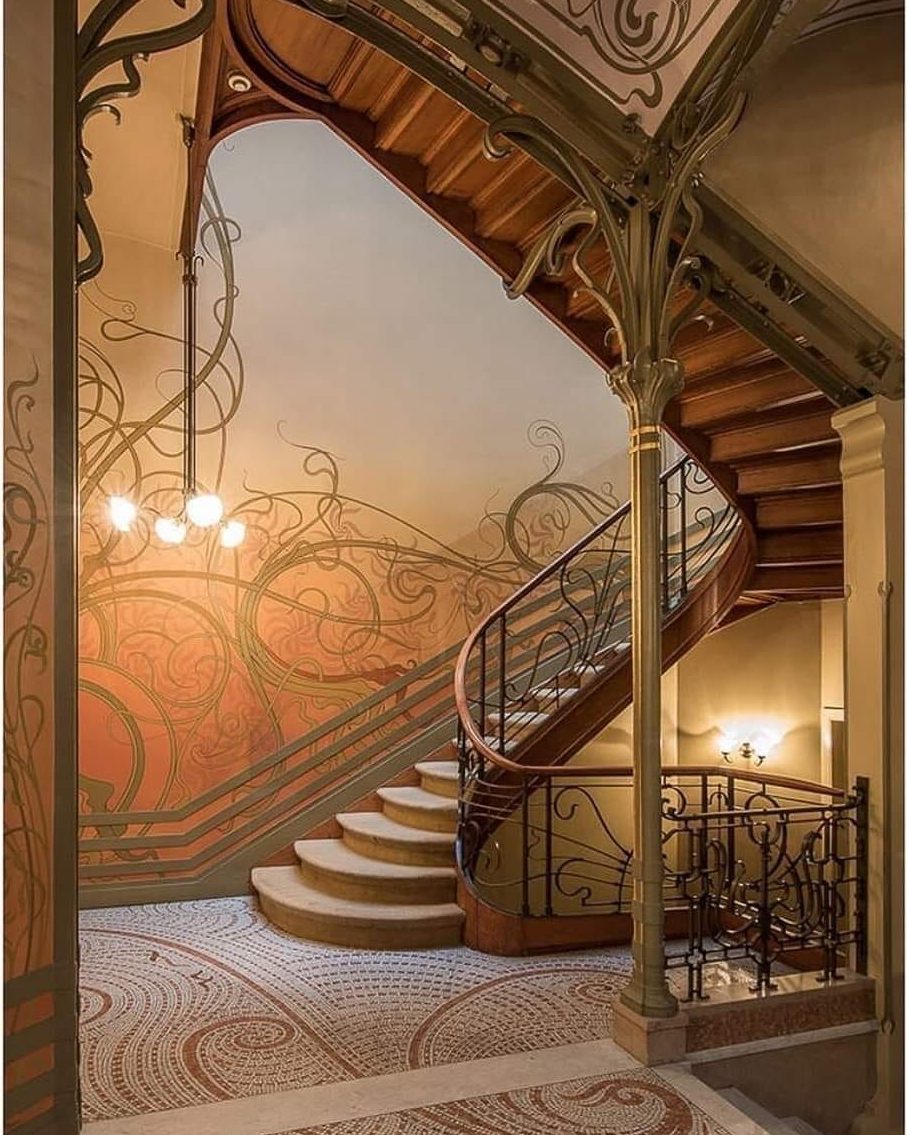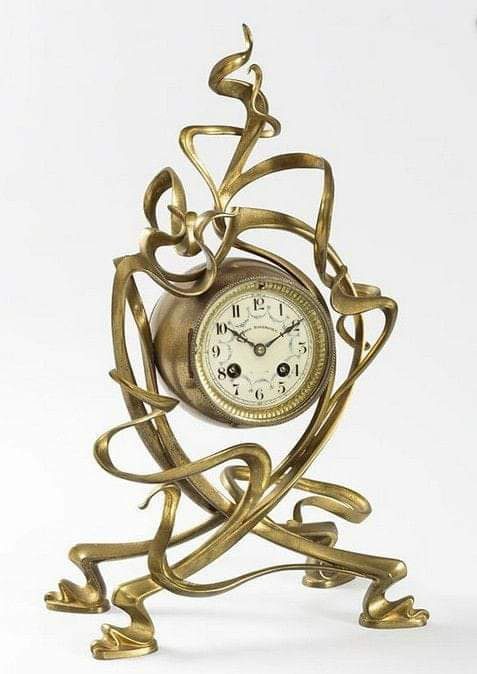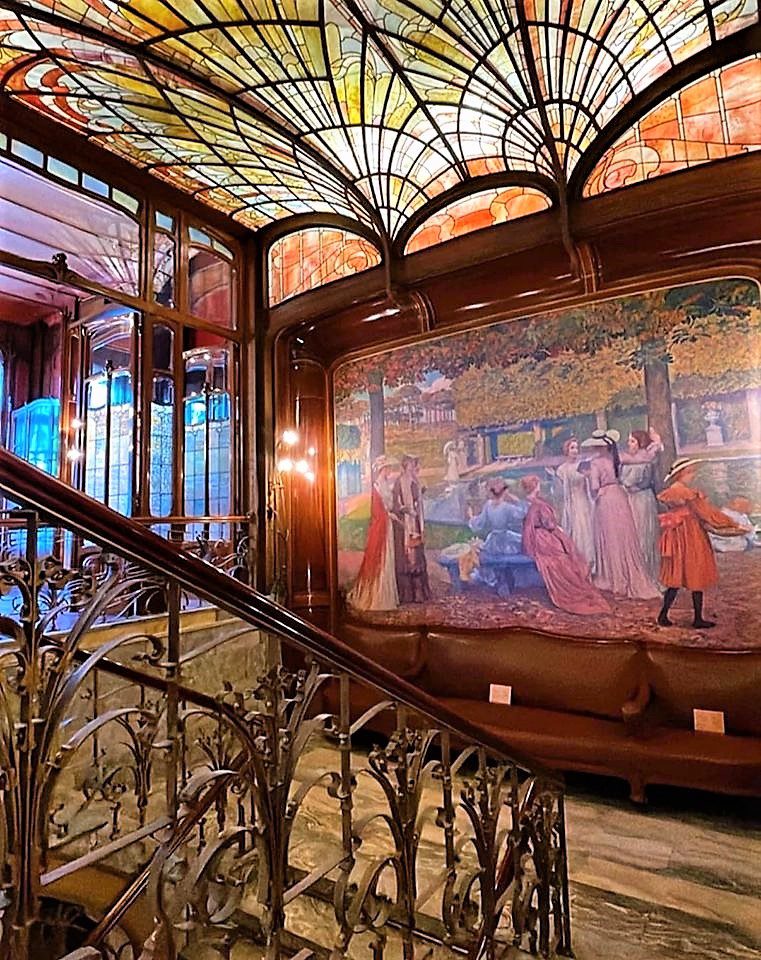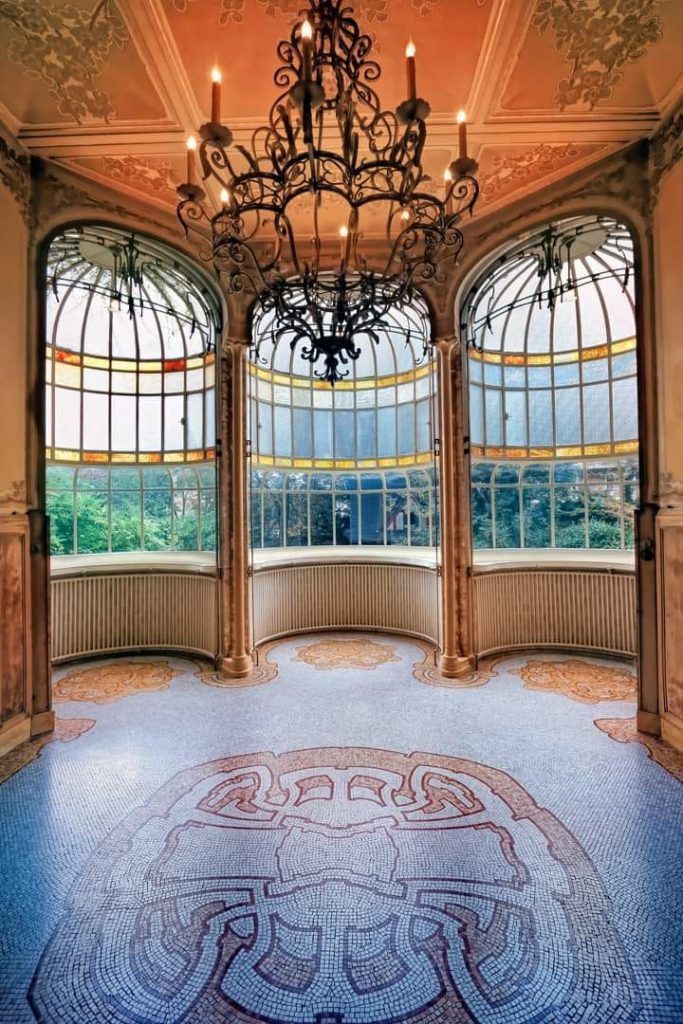
Victor Horta (1861–1947) was a Belgian architect and designer, widely recognized as one of the founders and leading figures of the Art Nouveau movement. His work is celebrated for its innovative use of materials, organic forms, and the integration of architecture and decorative arts to create harmonious and functional living spaces. Horta’s architectural creations played a crucial role in the development of Art Nouveau in Europe, influencing the direction of modern architecture and design in the early 20th century.
Born in Ghent, Belgium, Horta began his career studying architecture at the Académie Royale des Beaux-Arts in Brussels. His early work was influenced by classicism, but he quickly evolved toward a more radical, innovative style that sought to break free from traditional architectural conventions. Horta’s designs were characterized by their fluid lines, naturalistic motifs, and the use of new materials like iron and glass, which allowed for greater architectural flexibility and the creation of light-filled interiors.

Horta’s breakthrough came with the design of the Hôtel Tassel in Brussels, completed in 1893. This building is often cited as the first true example of Art Nouveau architecture. Its revolutionary design featured a spectacular use of iron and glass in the structure’s interior, curvilinear forms, and a meticulous attention to detail that extended from the building’s façade to its interior furnishings and decoration. The Hôtel Tassel established Horta as a leading architect of his time and marked the beginning of the Art Nouveau movement’s influence across Europe.
Success in Brussels
Following the success of the Hôtel Tassel, Horta designed several other notable buildings in Brussels, including the Hôtel Solvay, Hôtel van Eetvelde, and his own house and studio, now the Horta Museum. These buildings are collectively recognized as UNESCO World Heritage Sites for their significant contribution to the development of modern architecture. Horta’s designs for these structures demonstrated his innovative use of space, light, and materials, creating environments that were both aesthetically pleasing and functional.

Beyond his architectural work, Horta was influential in interior design, furniture design, and the decorative arts. He approached the design of a building as a total work of art, meticulously planning every detail, from the layout and structural elements to the furniture, fixtures, and even door handles. This holistic approach ensured that every aspect of his buildings contributed to a unified aesthetic experience, embodying the ideals of the Art Nouveau movement.
Restraining Himself
In the later stages of his career, Horta’s style evolved in response to changing tastes and the practical demands of his projects. He adopted a more restrained, geometric approach, which some have associated with the emerging modernist movement. Despite this stylistic shift, Horta continued to emphasize the importance of functionality, light, and the innovative use of materials in his designs.

Victor Horta’s legacy extends beyond his contributions to Art Nouveau. He was a key figure in the transition from 19th-century architectural traditions to the modernist movements of the 20th century. His work demonstrated the potential for architecture to enhance the quality of daily life, influencing generations of architects and designers. Today, Horta’s buildings in Brussels are celebrated not only as masterpieces of Art Nouveau but also as pioneering works that opened new possibilities for architectural design and expression.




